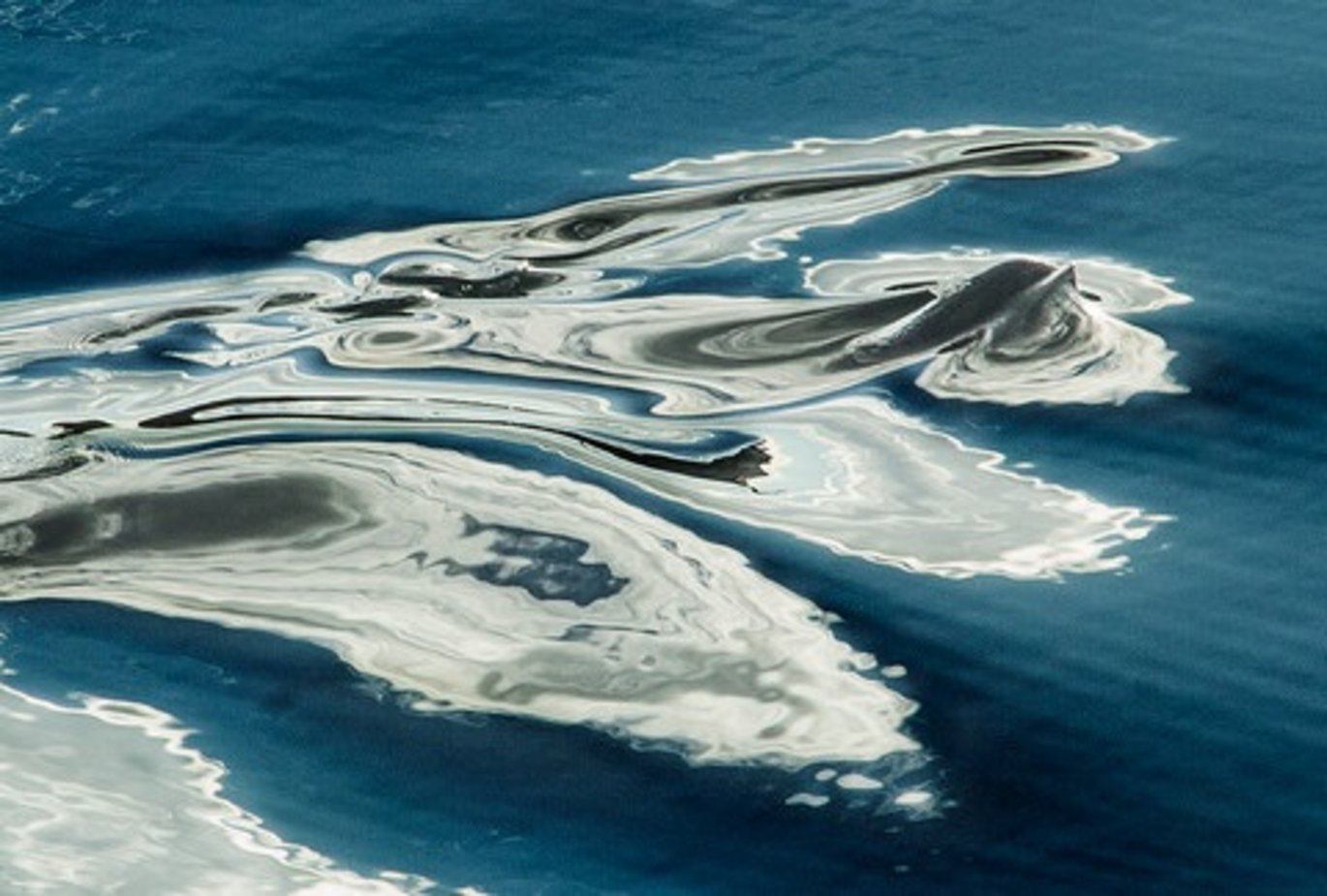Impacts of windfarm construction on Harbor porpoises
New model predicting the impacts of anthropogenic disturbances on marine populations.

Scientist from Aarhus University have built a model tool – the DEPONS model – to predict what happens to populations of marine animals when exposed to various kinds of disturbances, including noise from construction of offshore wind farms. The model builds directly on how disturbances influence animal movements, foraging and energetics, and is therefore applicable to a wide range of species. Using the North Sea harbor porpoise (Phocoena phocoena) population as a case study, they demonstrate that the timing, intensity and distribution of disturbances can be important for marine populations. The model enables them to assess just how important.
Noise from construction of wind farms is increasingly prevalent due to the high demand for green energy, and currently there are >900 offshore wind farms at various stages of development in Europe alone. Porpoises are strictly protected in European waters, so assessing the impacts of construction noise is critical for regulators. The model will be an important tool for assessing the impacts of future wind farm constructions before they are carried out in the real world.
In order to make model predictions realistic, it was parameterized based on empirical data on porpoise movements and responses to wind farm construction. This was partly done using echolocation sounds emitted by porpoises during construction of Gemini, a Dutch offshore wind farm.
Afterwards the animals’ response to noise was calibrated using virtual Gemini landscape. Here wind turbines were built in the same order, and generating the same amount of noise, as in the wind farm where porpoises had been monitored.
Read the paper: "Predicting the impacts of anthropogenic disturbances on marine populations" here.
For more information, please contact Jacob Nabe-Nielsen, jnn@bios.au.dk or +45 22481210
